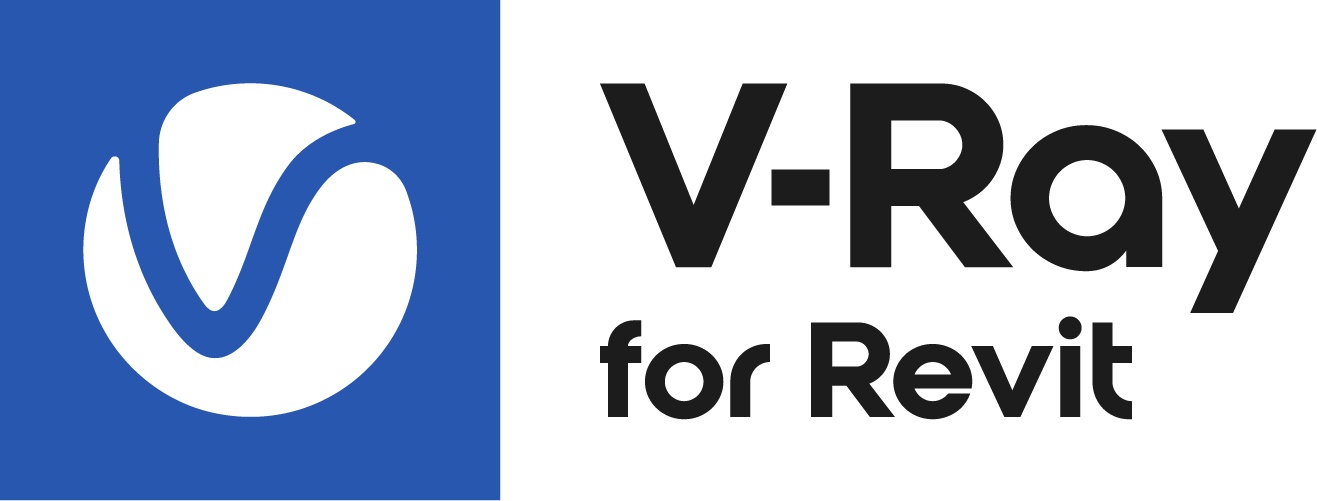Overview
The V-Ray for Revit config.json file allows you to define a custom setup for some V-Ray settings as well as for all V-Ray Swarm settings.
The config.json file can be found in the following folder on your computer: C:\Users\<user name>\AppData\Roaming\Chaos Group\V-Ray for Revit 20** (where 20** is the Revit version).
Settings
Below is a description of the settings that can be predefined in the V-Ray for Revit config.json file.
| "telemetry": | Controls the anonymous collection of usage statistics. More information can be found on the Chaos Telemetry page. true – the anonymous collection of usage statistics is enabled. false – the anonymous collection of usage statistics is disabled. |
| "allowedRenderEngines": | ["CPU", "CUDA", "RTX"] Specifies which render engines can be used for rendering. If only one engine is selected, the other one will be hidden from the UI. |
| "allowedSamplerModes": | ["Buckets", "Progressive"] Specifies which sampler modes can be used for rendering. If only one sampler is selected, the other one will be hidden from the UI. |
| "assetsDownloadDir" | Specifies a download folder for the V-Ray material library. |
| "assetsDownloadUpdatesCheck" | Specifies whether the V-Ray Asset Editor should check for library updates when launched. true – checking for updates is enabled by default. false – checking for updates is disabled by default. |
| "defaultSamplerMode": | Specifies the default sampler mode. "Progressive" – the Sampler is set to Progressive by default. "Buckets" – the Sampler is set to Buckets by default. |
| "swarmUIState": | Specifies the V-Ray Swarm settings visibility in the V-Ray for Revit UI. "enabled" – V-Ray Swarm settings are visible and active in the UI. "disabled" – V-Ray Swarm settings are visible in the UI but are disabled and cannot be modified. "hidden" – The entire V-Ray Swarm tab is hidden from the UI. In this case, the V-Ray Swarm setup is accessible only through the V-Ray for Revit config.json file. |
| "swarmIsEnabled": | Specifies whether V-Ray Swarm distributed rendering is enabled or disabled. false – V-Ray Swarm rendering is disabled. true – V-Ray Swarm rendering is enabled. |
| "swarmDoNotUseLocalMachine": | Specifies whether the local machine is used during V-Ray Swarm distributed rendering or not. false – the local machine is used during distributed rendering. true – the local machine is excluded from distributed rendering. |
| "swarmUseAutoDiscovery": | Specifies whether the Coordinator for V-Ray Swarm distributed rendering is selected automatically or not. true – Coordinator is selected automatically. false – Coordinator is selected via the IP specified by the "swarmCoordinatorIP" parameter. |
| "swarmCoordinatorIP": | Specifies the IP of the machine to be dedicated as a Coordinator. |
| "swarmResourceUsageGoal": | Specifies the percentage of computing power to be used when V-Ray Swarm distributed rendering is enabled. |
| "swarmTags": | Specifies the tags of the machines to be used for V-Ray Swarm distributed rendering. |
| "interactiveVRaySceneIsEnabled" | Experimental feature that enables or disables interactive actions with Proxy Scenes (.vrscene files). false – The feature is disabled by default. true – The feature is enabled. |
